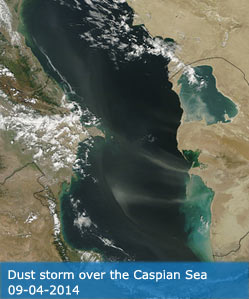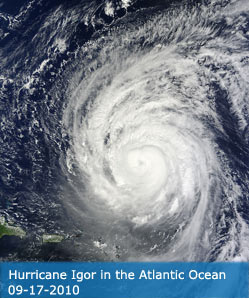Science Team
Publications
Zhu, CJ; She, XJ; Gao, XJ; Huang, YJ; Zeng, YL; Ding, C; Fu, DJ; Shao, J; Li, Y (2024). Spatiotemporal variation of spring phenology and the corresponding scale effects and uncertainties: A case study in southwestern China. INTERNATIONAL JOURNAL OF APPLIED EARTH OBSERVATION AND GEOINFORMATION, 135, 104294.
Abstract
Understanding terrestrial vegetation phenology-the timing of life-cycle events-is crucial for insights into ecosystem energy and material cycles. Land surface phenology (LSP) derived from satellite observations has become a critical tool for tracking vegetation phenology across large spatial scales. However, LSP data from coarse spatial resolutions often mix phenological signals from multiple land cover types, a limitation that fineresolution satellite data can help overcome. Recent studies indicate that spring phenology derived from the 500-m Moderate Resolution Imaging Spectroradiometer (MODIS) data tends to be biased earlier than that from the 30-m Landsat data due to scale effects. The extent of this bias across other satellite sensors and its impact on long-term phenological trends remains unclear. Additionally, few studies have used medium- to high-resolution LSP data to investigate southwestern China, partly due to limited data availability, which may exacerbate uncertainties related to scale effects in LSP observations. To address these gaps, we selected Jinfo Mountain in southwestern China-a region with high spatial heterogeneity-to analyze the spatiotemporal patterns of spring phenology and examine associated scale effects and uncertainties. We applied two phenology retrieval methods to multi-resolution LSP data from various sensors: 30-m Landsat (1984-2023), 250-m MODIS (2002-2021), 500m MODIS (2000-2023), 1-km SPOT (1999-2019), and 8-km AVHRR (1982-2022). Our findings revealed that all sensors consistently captured the spatial patterns of spring phenology, indicating an advancing trend of 6-8 days per decade, though the trend's magnitude varied notably across sensors. Data quality, rather than retrieval methods, emerged as the primary source of uncertainty in characterizing phenological dynamics, with elevation contributing significantly to bias due to its negative correlation with the number of available clear observations. Moreover, we found that the MODIS-Landsat bias in spring phenology may not generalize across other coarse-tofine LSP comparisons. This study provides valuable insights into phenology in the understudied region of southwestern China, highlighting the importance of spatial resolution and sensor characteristics for accurate plant phenology mapping and monitoring.
DOI:
10.1016/j.jag.2024.104294
ISSN:
1569-8432




